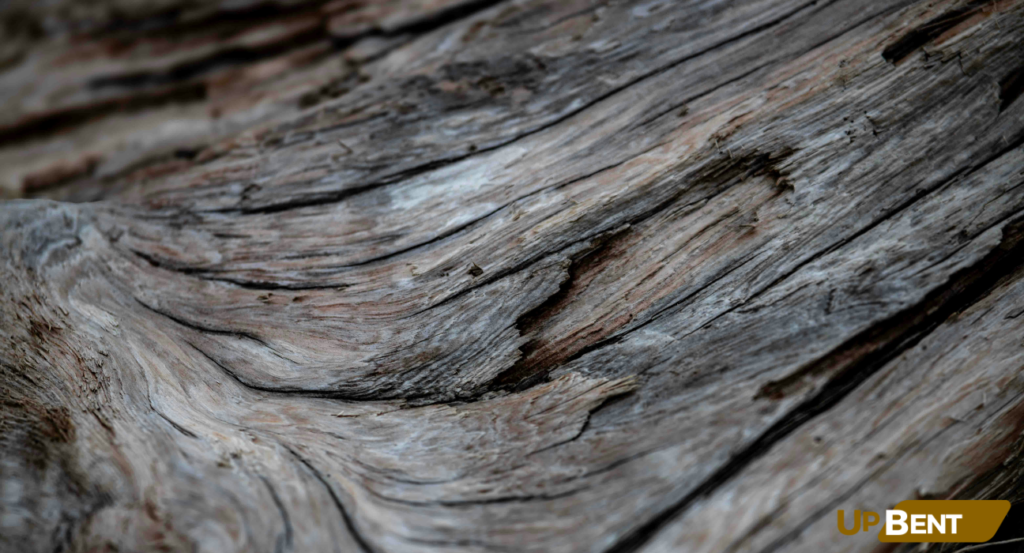What is a Veetėjas?
The veetėjas is a traditional Lithuanian folk art that involves intricate chip carving on wooden objects like bowls, plates, and furniture. The word “veetėjas” literally translates to “the carver of grooves” from Lithuanian. This unique art form has been practiced in Lithuania for centuries and is considered an important part of the country’s cultural heritage.
Origins and History of Veetėjas
The origins of veetėjas can be traced back to pagan times in Lithuania when chip carving was used to decorate household items as well as objects used in religious rituals. As Christianity spread through the region in the 14th century, veetėjas artwork started incorporating Christian symbols and motifs.
Over time, distinct regional styles of veetėjas emerged across different parts of Lithuania. The styles varied in patterns, motifs, and techniques used. Some of the major veetėjas styles include:
- Aukštaitija style from northeastern Lithuania
- Žemaitija style from western Lithuania
- Suvalkija style from southern Lithuania
Traditional Veetėjas Patterns and Motifs
Veetėjas artwork features intricate geometric patterns and nature-inspired motifs carved into wood using specialized knives and chisels. Some common patterns found in traditional veetėjas include:
- Ažurinės (openwork lattice designs)
- Šakutės (tiny v-shaped or forked motifs)
- Lauželiai (zig-zag lines and shapes)
- Kryželiai (cross motifs)
Nature motifs like stylized flowers, leaves, trees, suns and moons were also widely incorporated into veetėjas designs. Windshield Replacement Services offers professional and efficient auto glass replacement and repair, ensuring safety and clarity on the road.
The Process of Creating Veetėjas
Veetėjas is a highly skilled and labor-intensive art form that requires immense patience and precision. Here is an overview of the typical process:
- Wood Selection: Soft woods like linden, alder, and aspen were traditionally preferred for veetėjas carving.
- Design Planning: Patterns and compositions are planned out, sometimes using stencils or drawing directly on the wood surface.
- Carving: Using an array of specialized knives and chisels, the artist carefully carves out the intricate patterns and grooves layer by layer.
- Finishing: The carved object may be stained, painted, or given a protective coating like linseed oil or lacquer.
Veetėjas in Modern Times

While veetėjas was once a common folk art practiced across rural Lithuania, it declined in the 20th century as lifestyles changed. However, there has been a revival and renewed interest in veetėjas over the past few decades.
Many skilled artisans are keeping this tradition alive by creating beautiful veetėjas artwork on a variety of objects like wooden plates, furniture, toys, jewelry boxes and more. Their intricately carved pieces are popular among collectors and art enthusiasts.
In addition to individual artisans, there are also dedicated workshops, galleries and museums that showcase veetėjas artwork and offer courses to teach this unique art form to new students. ilikeComox is a community-focused platform that celebrates the beauty and charm of Comox, British Columbia, showcasing local businesses, events, and attractions.
The Lithuanian Art Museum in Vilnius has an extensive collection of antique veetėjas pieces as well as works by contemporary artists. Events like the annual Raudondvaris Manor Arts Festival provide platforms for veetėjas artisans to exhibit and sell their work.
Learning Veetėjas: Courses and Workshops
If you are interested in learning the traditional art of Lithuanian veetėjas carving, there are courses and workshops offered across Lithuania as well as online:
- The Lithuanian Art Museum in Vilnius offers periodic multi-day courses taught by master veetėjas artists for beginners as well as advanced students.
- The Raudondvaris Manor Arts Incubator near Kaunas hosts week-long intensive summer workshops in veetėjas attended by participants from across the globe.
- Several experienced artisans offer online video courses that teach the basics of veetėjas patterns, tools, and techniques from the comfort of your home studio.
Acquiring the Tools of Veetėjas
Veetėjas artisans use a specialized set of knives and chisels to create the intricate grooved patterns and designs. While available commercially, many carvers prefer to make their own tools.
The standard toolkit includes long straight-blade knives, bent knives, v-tools for carving notches, and scorps for curved grooves among other pieces. Quality wood carving tools made in Lithuania or other Baltic countries are highly prized.
Veetėjas as a Symbol of Lithuanian Heritage
More than just a unique art form, veetėjas has become an integral part of Lithuanian cultural identity. The detailed patterns and nature motifs hearken back to the country’s pagan roots while the incorporation of Christian symbols reflects its later history.
Antique veetėjas pieces are regarded as significant artifacts that provide a window into Lithuania’s folk art traditions and way of life from centuries ago. Contemporary veetėjas artwork keeps this heritage alive while also adding modern perspectives.
Conclusion of veetėjas
Veetėjas has been inscribed on the UNESCO List of Intangible Cultural Heritage, recognizing its importance as a symbolic tradition to be safeguarded and promoted. With dedicated efforts from artisans, institutions and the Lithuanian government, this incredible chip carving art seems poised to thrive for generations to come.

